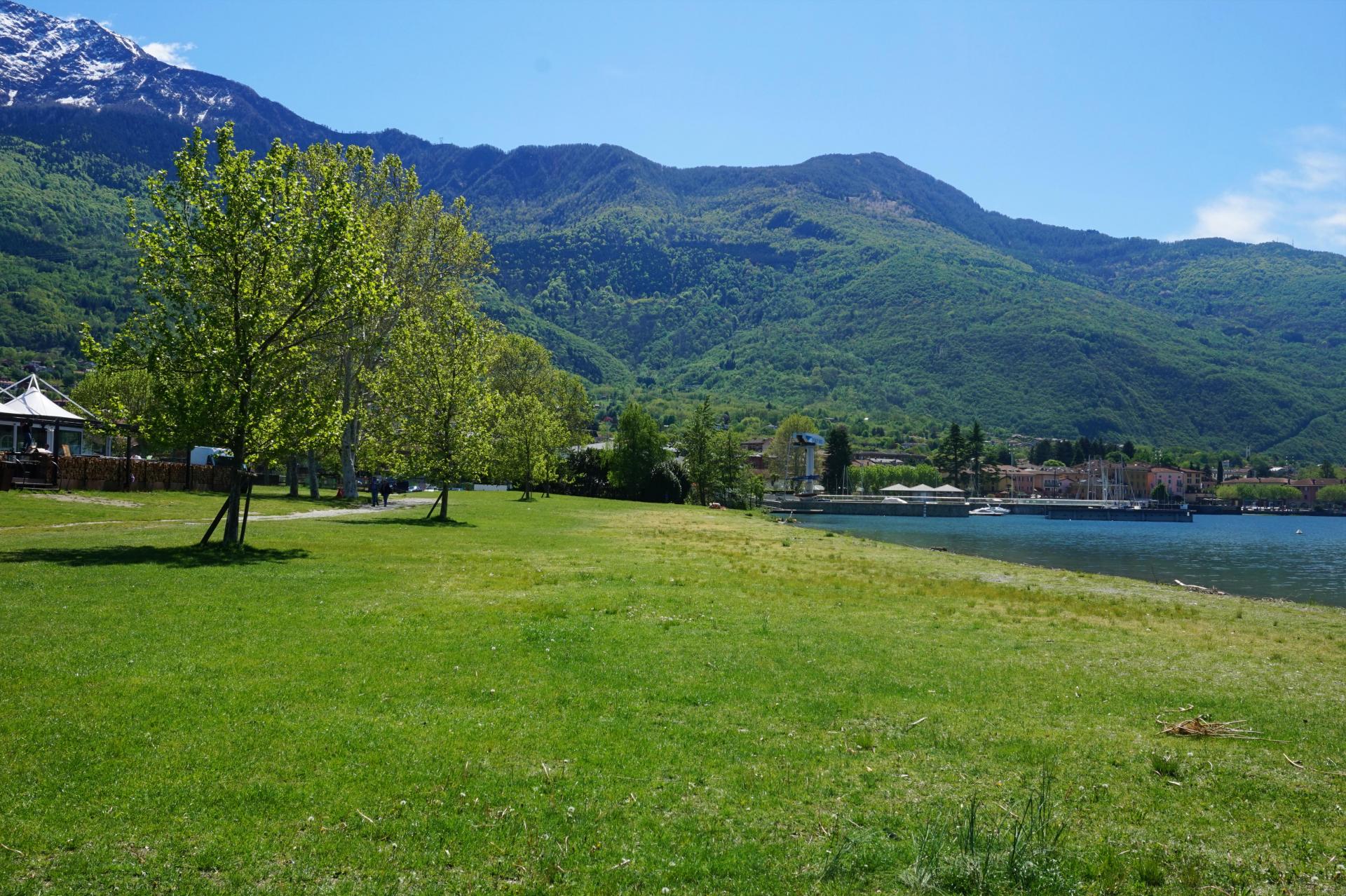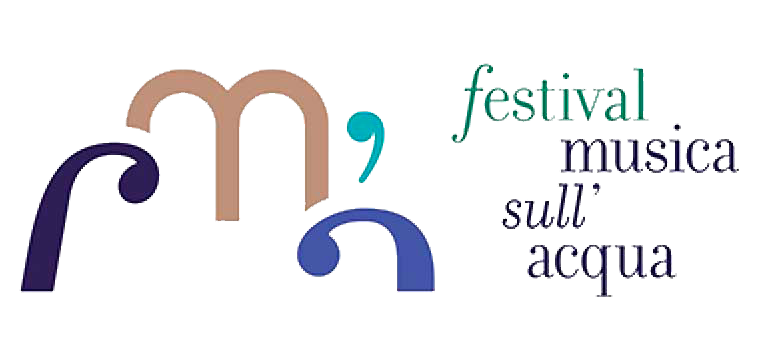Locations
Festival 2025
Discover the Musica Sull’Acqua Festival on the shores of the lake
from 5 to 27 July
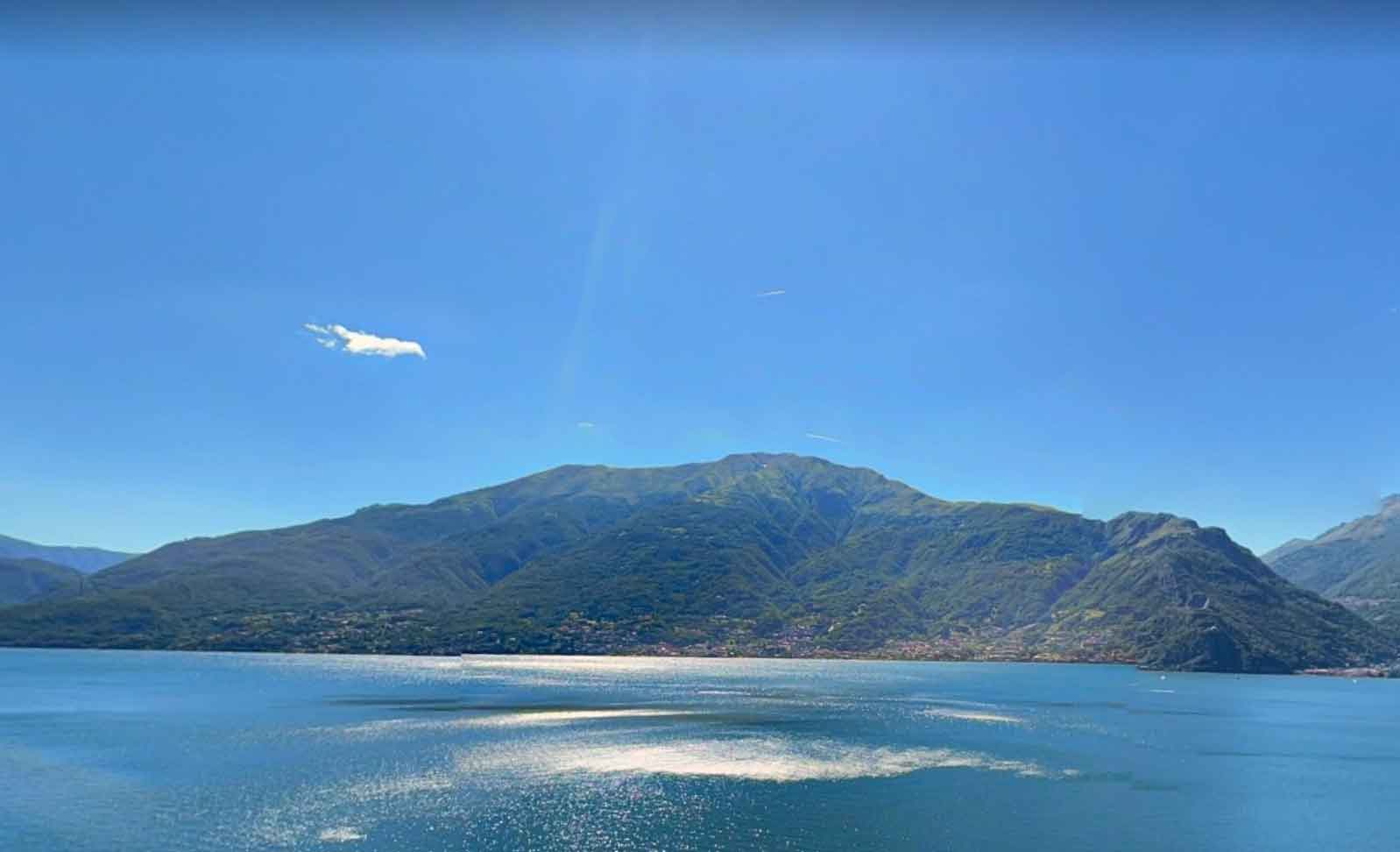
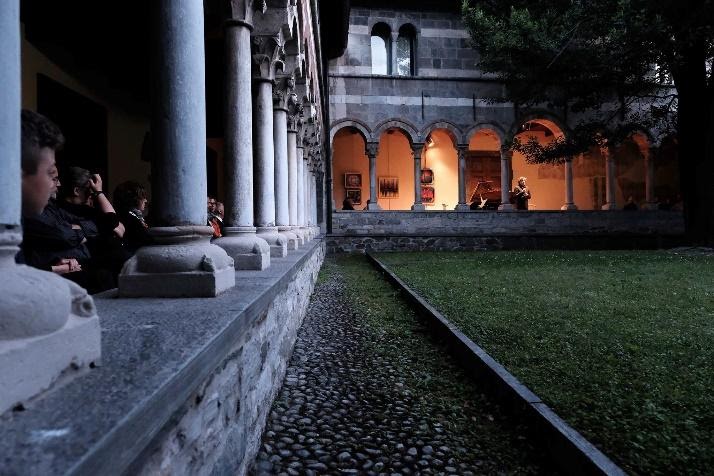
Abbey of Piona, Colico
Find out on Google
how to get there with Maps
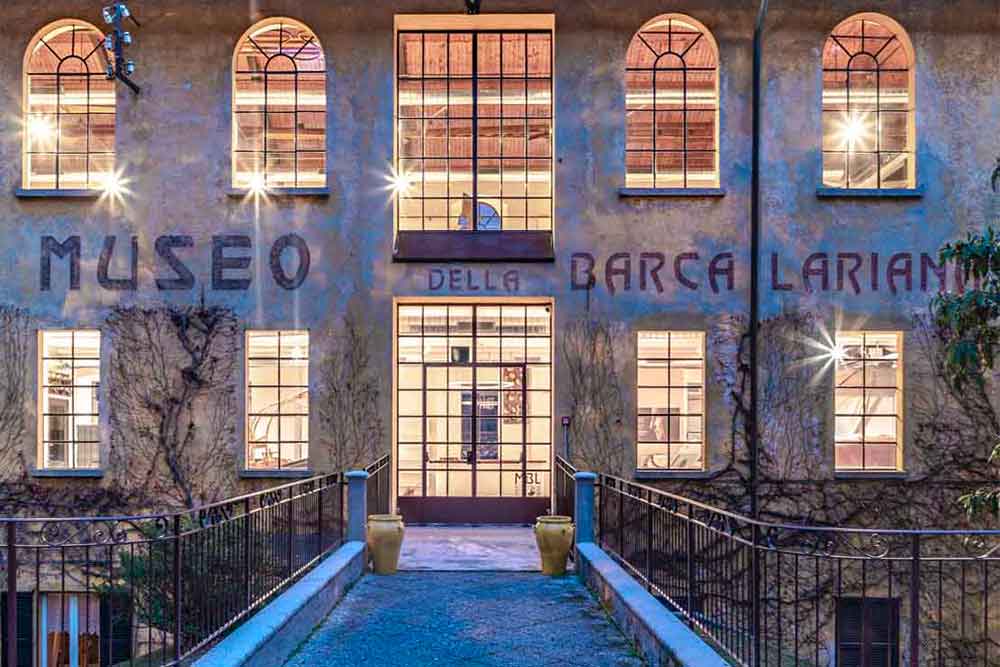
Museum Barca Lariana, Pianello Del Lario
Find out on Google
how to get there with Maps
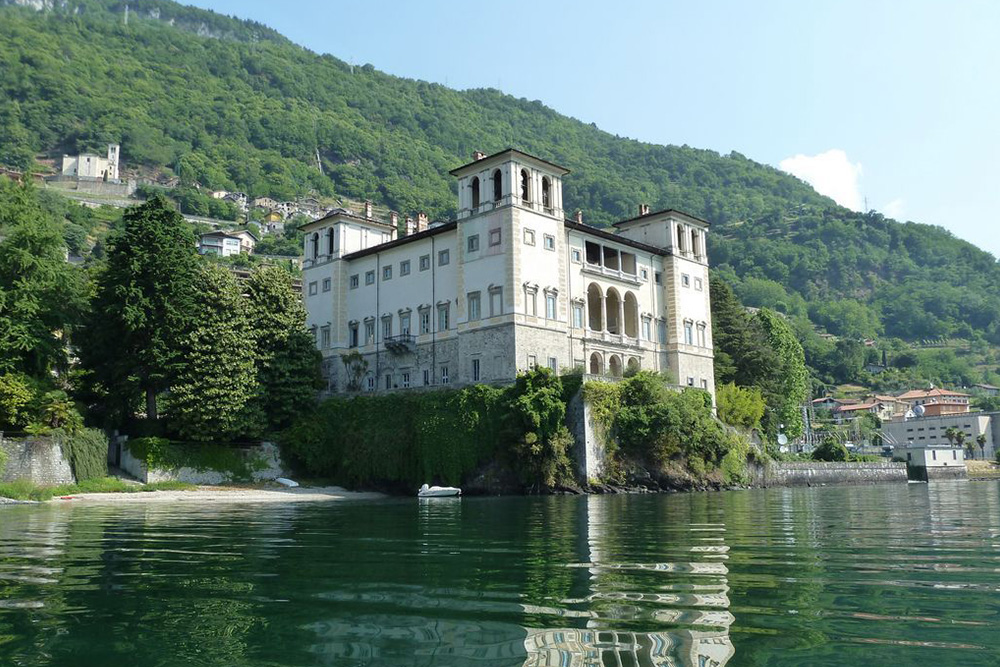
Gallio Palace, Gravedona
Find out on Google
how to get there with Maps
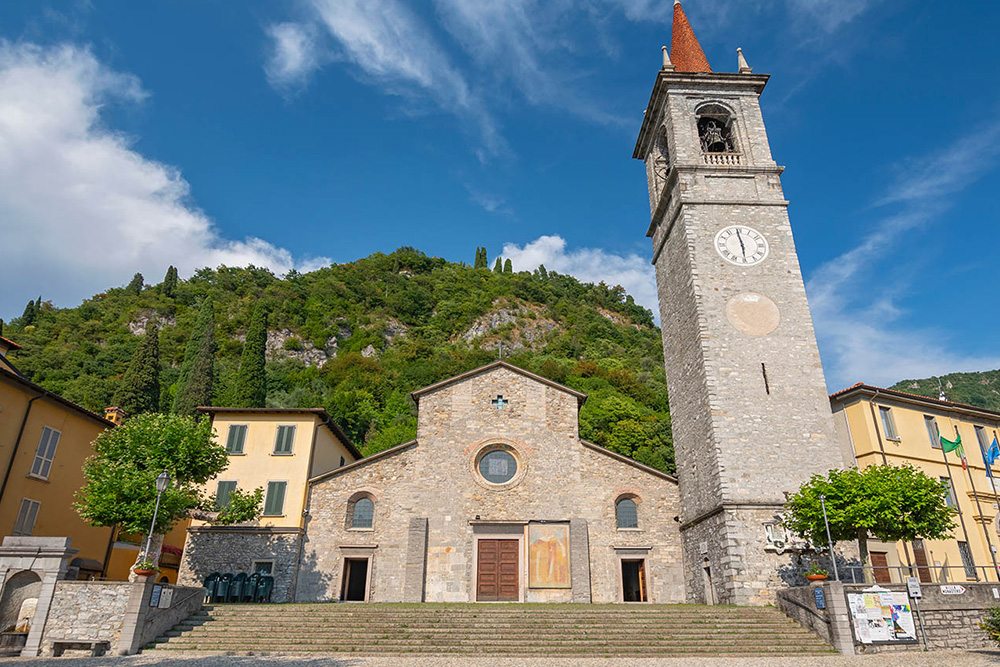
S. Giorgio church, Varenna
Find out on Google
how to get there with Maps
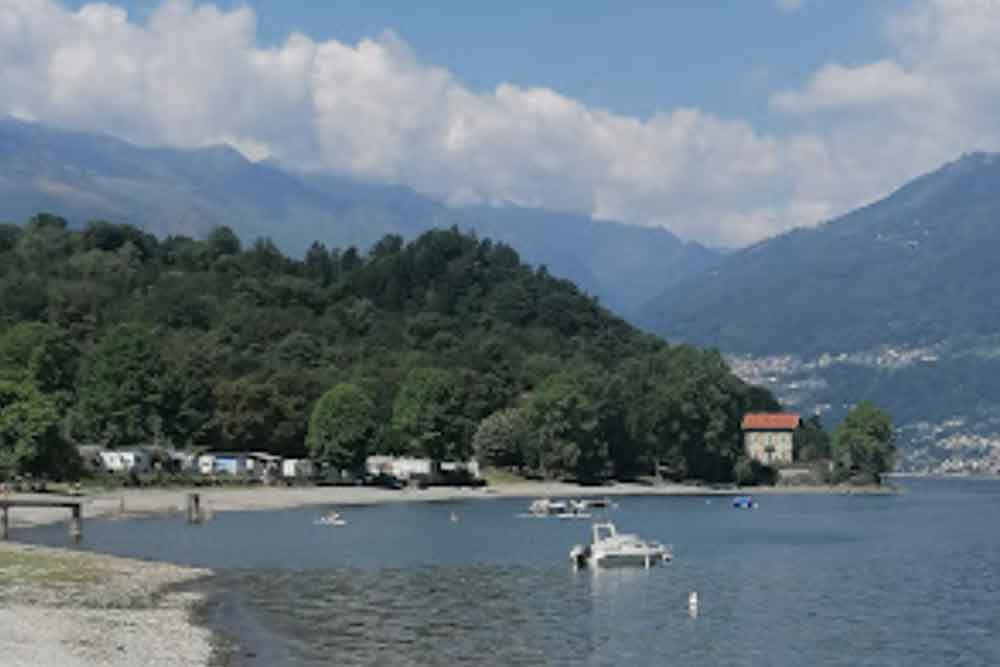
Villa Osio, Colico
Find out on Google
how to get there with Maps
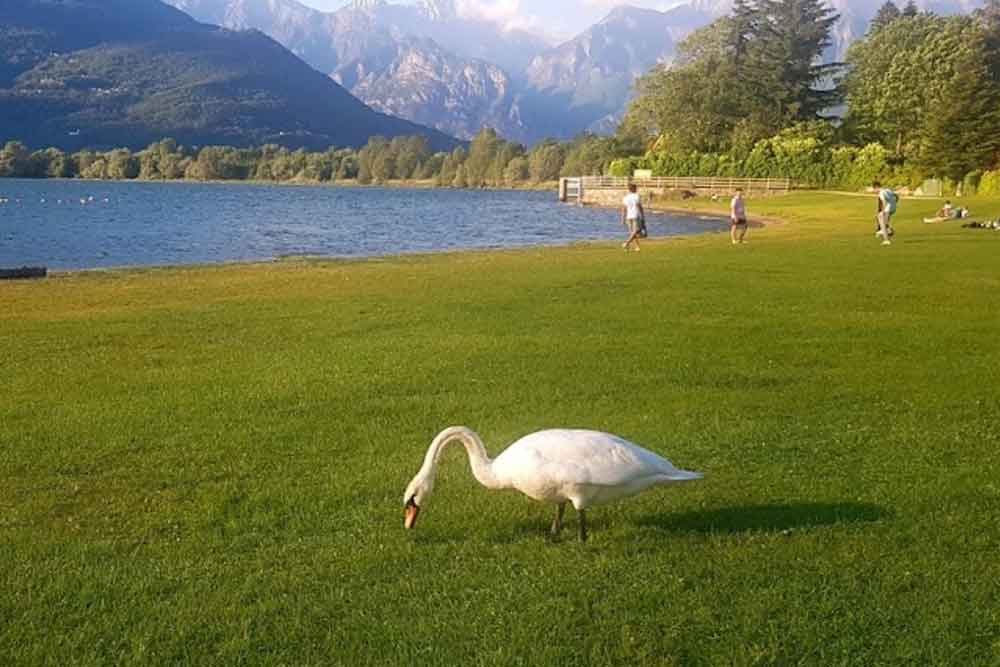
Spiaggia Selvaggia, Colico
Find out on Google
how to get there with Maps
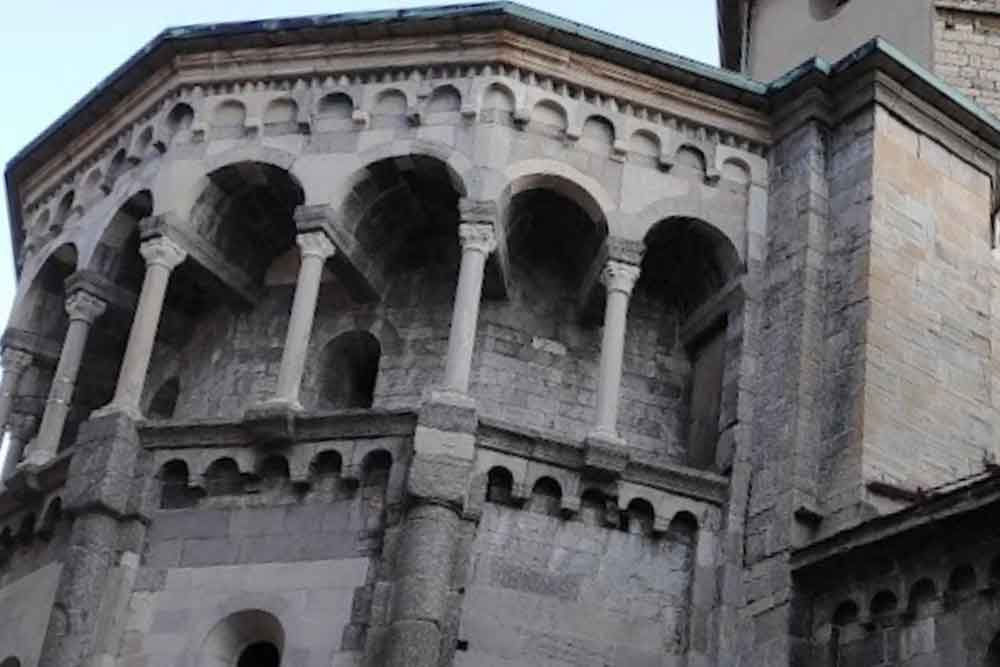
Basilica Di S. Fedele, Como
Find out on Google
how to get there with Maps
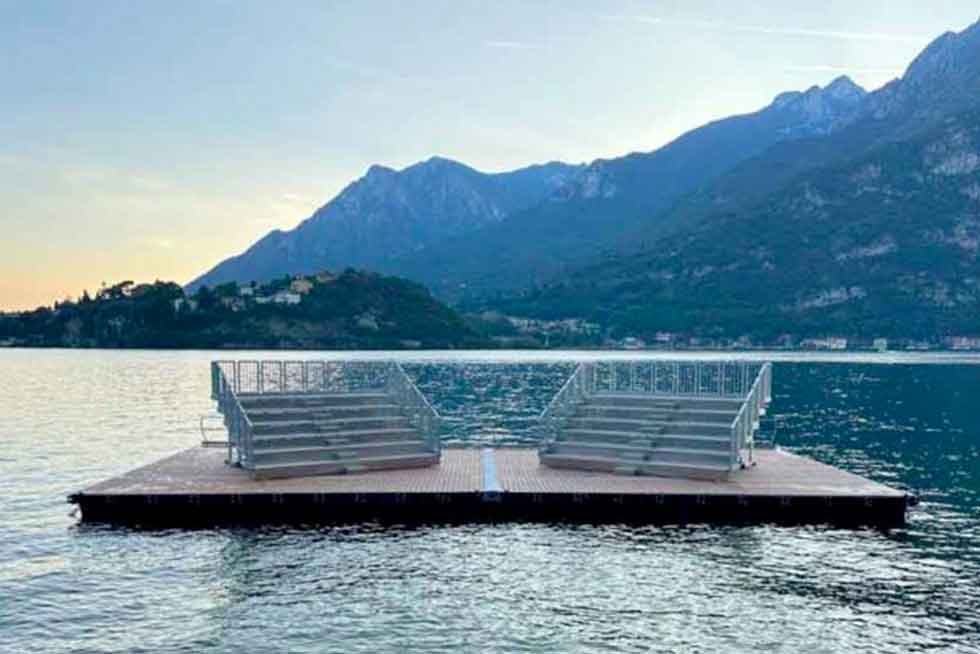
Baia di Piona, Colico
Find out on Google
how to get there with Maps
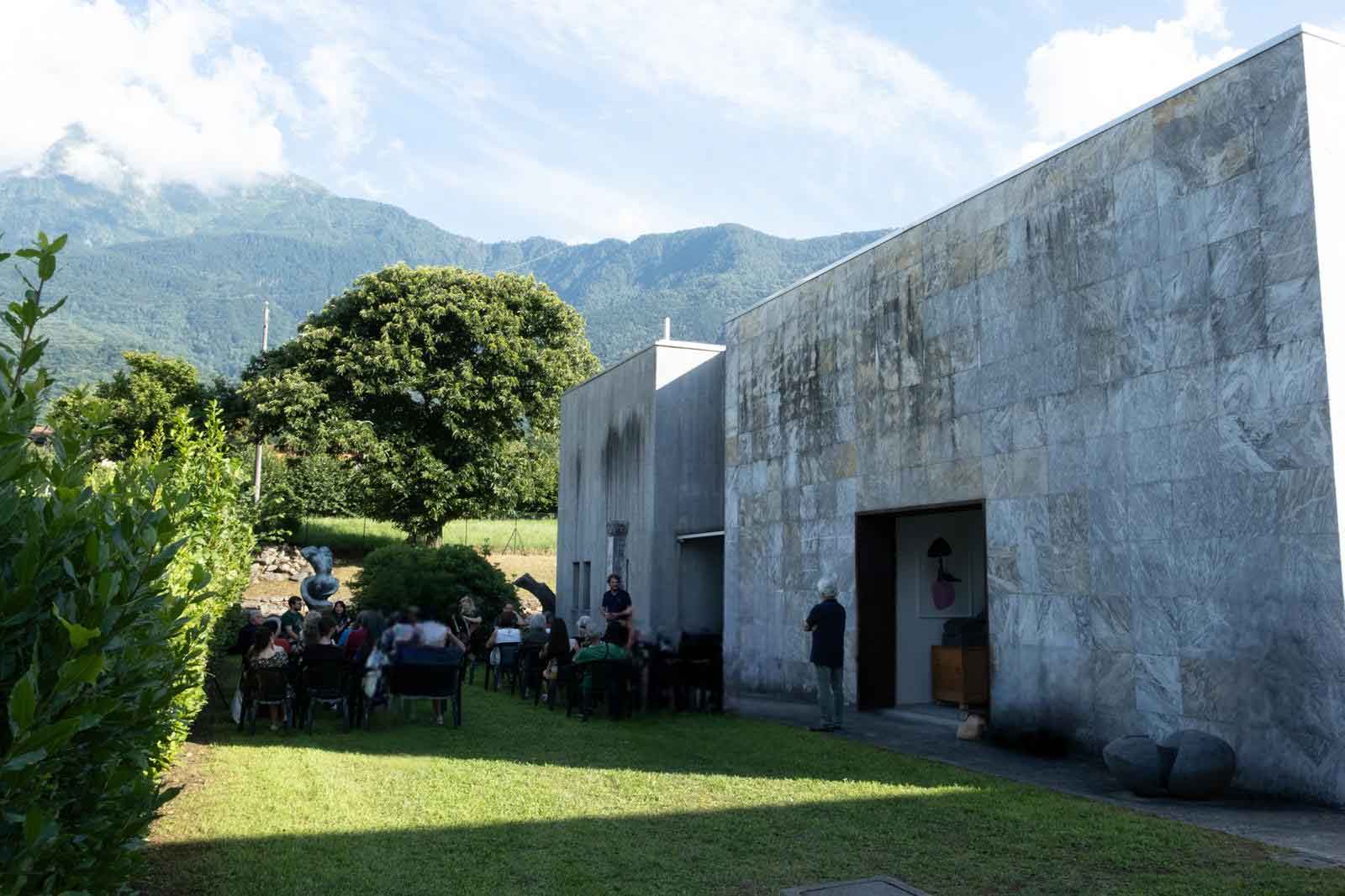
Lydia Silvestri Residence, Colico
Find out on Google
how to get there with Maps

Santa Maria Delle Grazie, Gravedona
Find out on Google
how to get there with Maps
